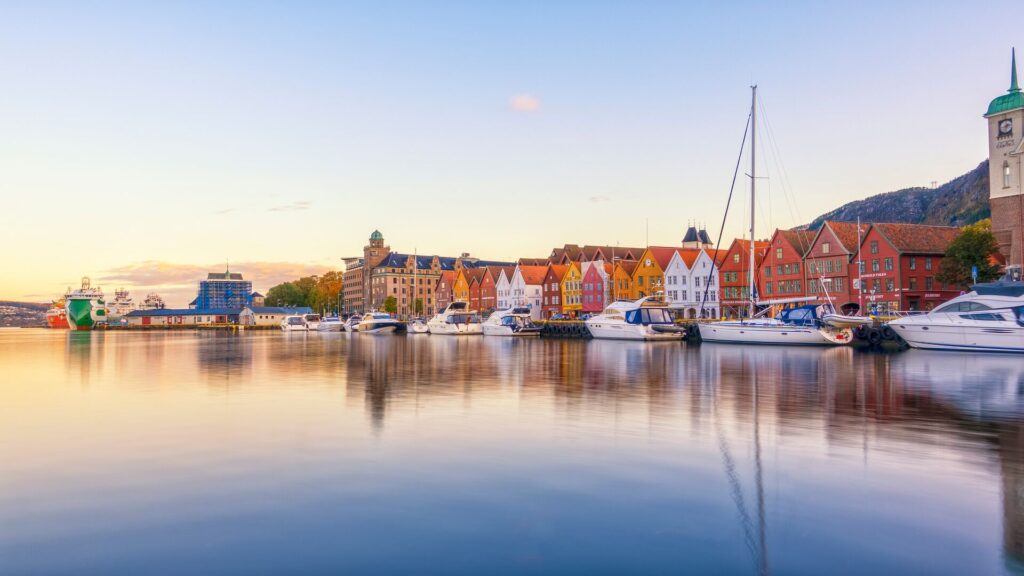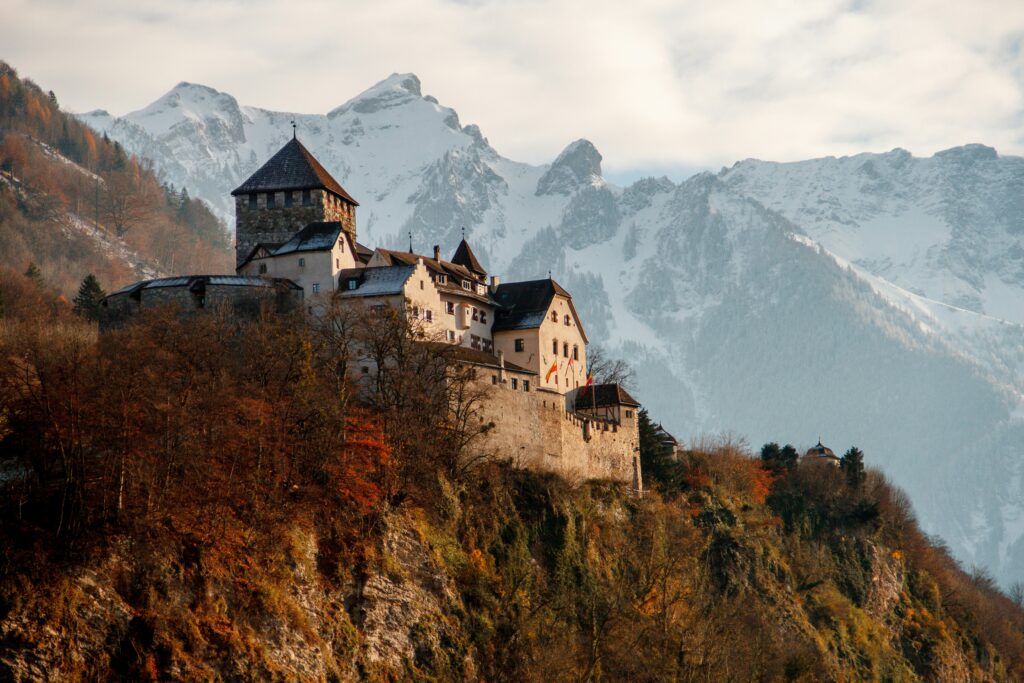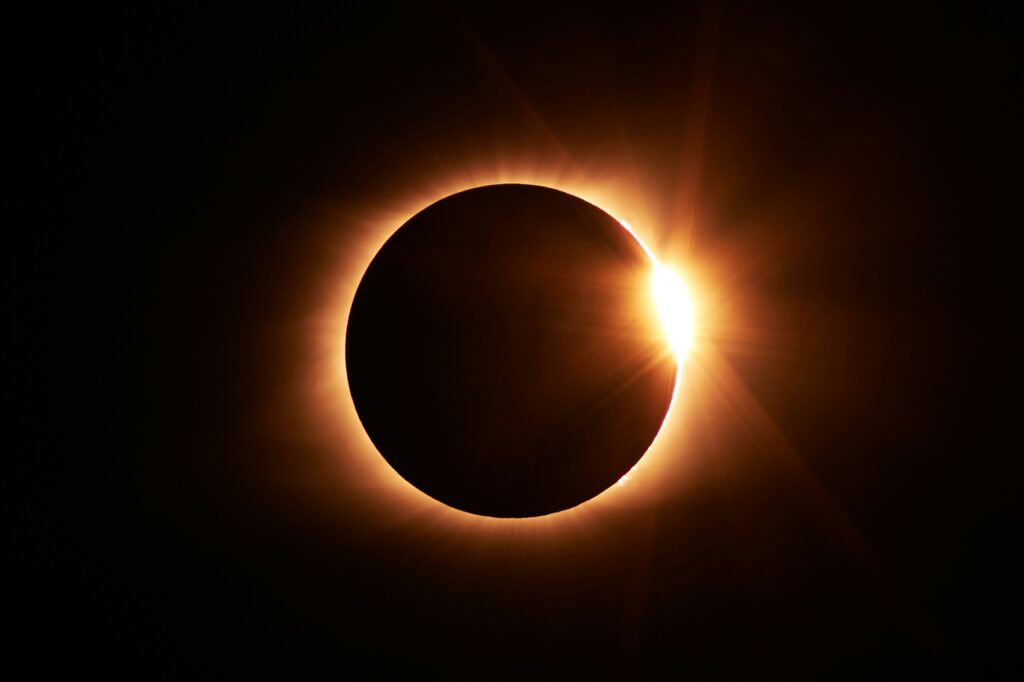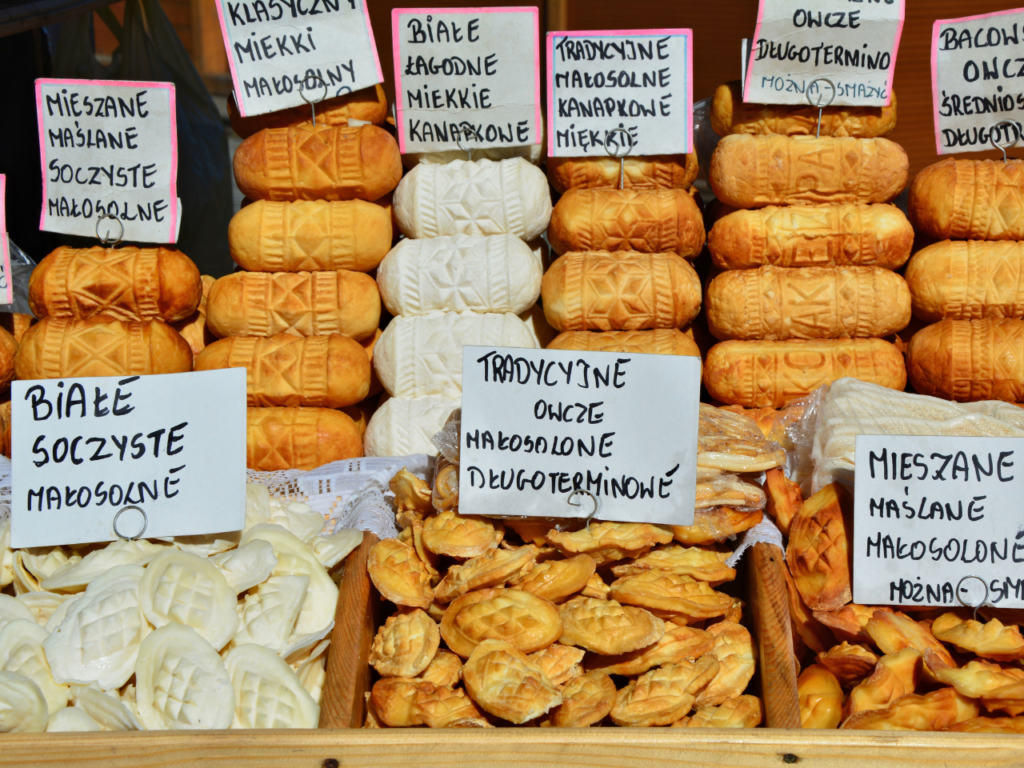Discover the Magic and Majesty of Glencoe With Ranger James McGurk
Rich in both natural beauty and historical significance, Glencoe in the Scottish Highlands is one of the country’s most breathtaking landscapes. Featuring dramatic peaks, rugged terrain and winding glens, Glencoe is also home to an abundance of wildlife, with dedicated conservation work taking place to protect this unique ecosystem for future generations.
We spoke to James, one of the Rangers at Glencoe and this week’s Insightful destination expert, to learn more. James also inspired this week’s 5 Insightful travel trivia questions, clues for which you can find in this article.
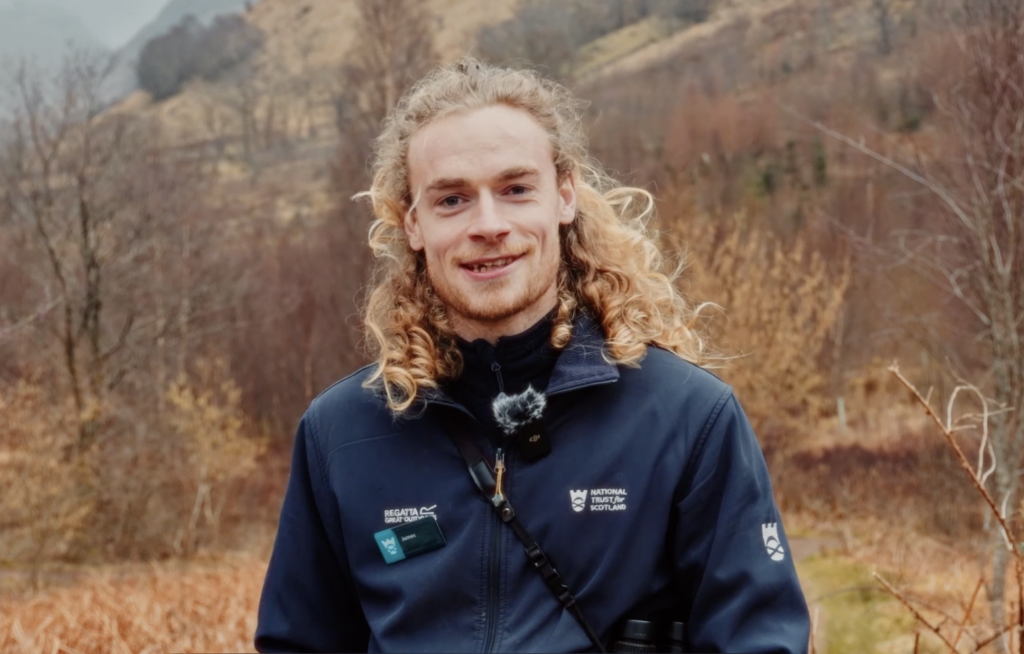
1. An icon of nature and history
A ‘U’ shaped glen formed by an ice age glacier, Glencoe is not only visually stunning, it holds a poignant place in Scottish history.
“Glencoe is a very dramatic valley, surrounded on all sides by steep mountains,” says James. “As you come in you see these very old trees clinging on the cliffs around you. As it a slightly wet climate, we’ve also got some spectacular waterfalls.”
Towering peaks known as The Three Sisters form a dramatic backdrop against the valley. The mountain Buachaille Etive Mor dominates the landscape and the River Coe meanders through the glen. Most popular of the cascading waterfalls are the impressive Steall Falls. The third highest falls in Scotland, they tumble 105 meters down the rock face.
Beyond its picturesque landscapes, Glencoe is famously associated with the Massacre of Glencoe in 1692. Here members of the MacDonald clan were brutally slaughtered by government forces, a tragic event has left a lasting imprint on the region.
A National Trust of Scotland property, visitors can enjoy Glencoe in many ways including guided walks and history tours. At the Visitor Centre, you can also enjoy short films and exhibitions, with expert staff on hand to answer any questions.
2. A day in a Ranger’s life
Working as a Ranger for National Trust of Scotland for the last two years, James has been based at Glencoe since last August, a job he loves. Founded in 1931, the National Trust for Scotland protects Scotland’s natural, cultural and historic places for all to enjoy. Amongst many activities including advocacy and education, they also focus on monitoring and conservation efforts to protect the country’s natural habitats.
“The job of a Ranger involves quite a range of things. Essentially, we’re doing whatever is needed for the wildlife and habitats of Glencoe. It’s incredibly satisfying to be out on the hills. You see some fascinating things around you with wildlife and the plant life. You’re also seeing the progress of the species that are recovering here which feels good.”
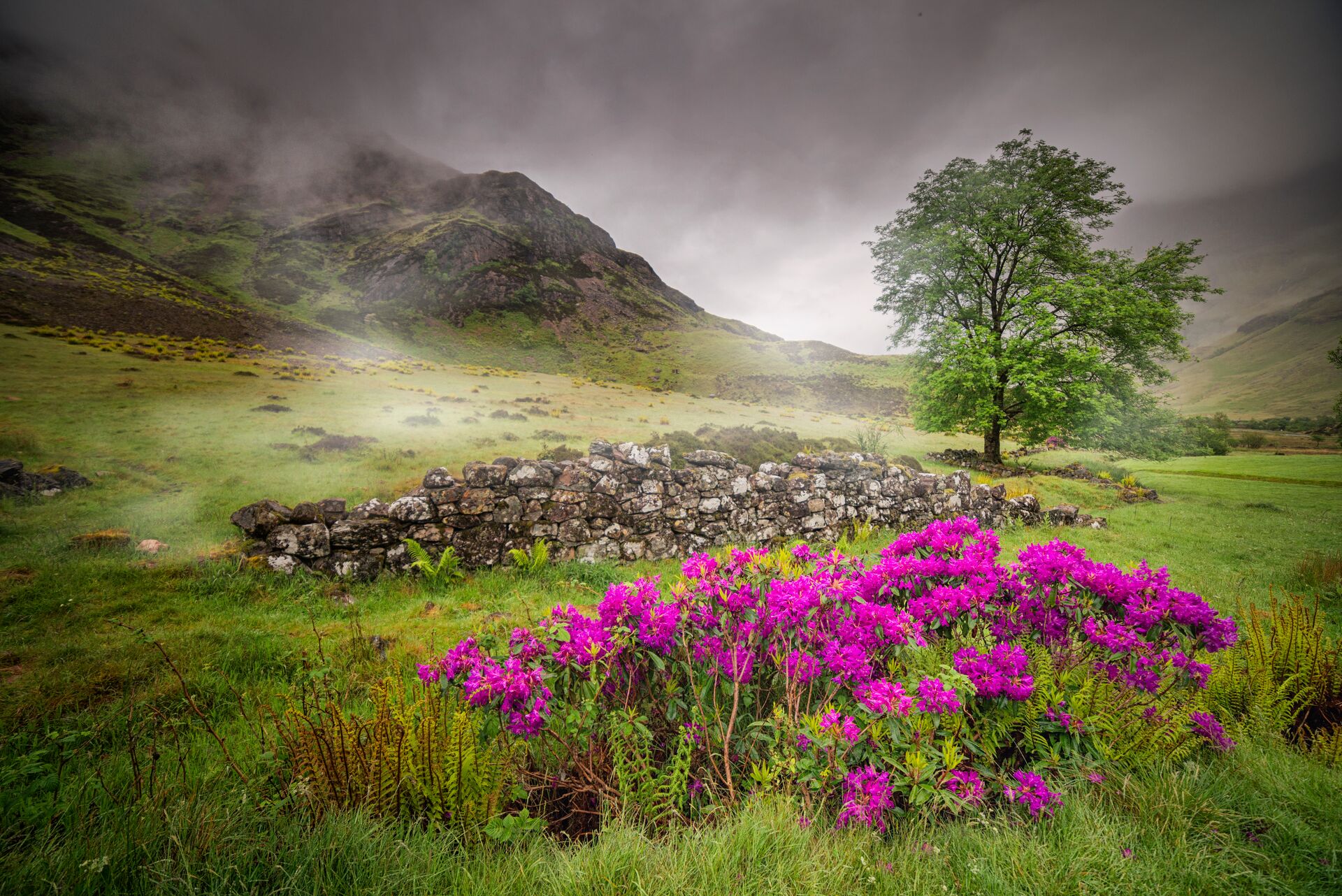
Glencoe has served as the background for numerous Hollywood films, including Braveheart and Skyfall
3. A glen for all seasons
“I really enjoy seeing the seasons change, almost every week something is different,” he tells us. “The snow will come or go and the colors will change. A different flower will appear, a different species will come out and new migrants will arrive or leave. The constant change makes every day different and means you never really know what you’re going to see.
“In spring a lot of flowers are coming up over the glen, such as anemones and bluebells. Spring is also when we start to see the first migrant birds, including White Ears, appearing on the hill. There was one morning around the start of March when I walked out into the woods to suddenly hear the sound of birds after the winter. It’s quite something.
“As you enter summer the hills turn green, and then purple with the flowering Heather and you can see a lot of animals with their young, including Roe Deer, Red Deer and badgers.
“In Autumn we have really spectacular fall colors, with a few migrants coming through. Birds like Bramblings and Hoopers Swans arrive in the Glen and Redwings are one of the winter migrants that comes down from Scandinavia. Blueberries, nuts, mushrooms and all kinds of edible things also appear.
“The winter landscape is spectacular with the snow; in contrast the remnants of ancient pine woods are still green. A lot of wildlife comes into the low valley and we see things like tawny owls, barn owls, sparrow hawks and eagles.”
Guests of Insight can meet James, or one of his fellow Rangers for a MAKE TRAVEL MATTER® Experience on many of our Scotland premium tours. Along with the joy of seeing this breathtaking landscape, you’ll learn about the protection of this rare ecosystem and the important work reintroducing lost indigenous species to its flora and fauna.
Meet a Ranger at Glencoe on these premium Scotland tours
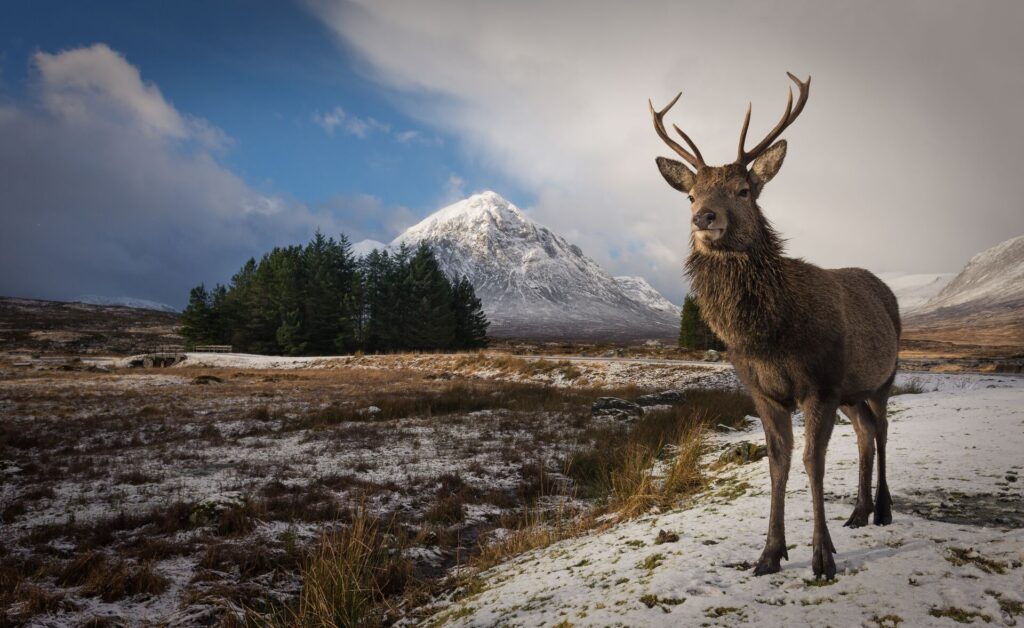
4. A landscape rich in wildlife
Glencoe’s rich variety of flora and fauna is shaped by its diverse landscapes. The high peaks, plateaus and cliffs are home to rare alpine flowers, mosses, lichens, ptarmigan and mountain hares. In the glen you might see sheep, wild mountain goats or even a red deer stag. Additionally, smaller creatures like the Scottish wildcat, badger and pine marten call Glencoe home, contributing to its ecological diversity.
“I think one of my favorite wildlife sightings actually came from the visitor center one evening,” says James. “Quite unexpectedly, a pine marten suddenly appeared outside the window. They’re like a stoat that’s about the size of a cat with a squirrel’s tail. They’re incredibly beautiful, clever and curious creatures so they’re fascinating to watch.
“I’ve also seen badgers and golden eagles, as well as a lot of much smaller creatures. Once you start looking closely you see some amazing things. Even some of the mosses here are very colorful and beautiful, along with all kinds of small plants that you will find on the mountain.”
5. Identifying threats to a delicate ecosystem
The ecosystem of Glencoe is both fascinating and fragile, with many threats that need management by the National Trust for Scotland and its Rangers.
“Climate change, in conjunction with things like habitat loss and pollution, is having a strong effect on some of our plants,” says James. “Particularly on the mountaintops. A few sites in Scotland are home to populations of Arctic alpine specialist plants. You’re more likely to see them in the north of Scandinavia, in the Arctic, but Scotland is the southern limit of their ranges. They dwell on the mountain tops where generally it’s very snowy and icy for big chunks of the year and they’re specialized to that. But as the climate gets warmer and as the snow is no longer laying for as long on the mountains. these locations are becoming overgrown by lowland species that could have never survived there before. And there, they risk out-competing some of the mountain-top plants.
“One of the greatest threats to Glencoe actually comes from the wildlife itself. The population density of deer is a lot higher than it naturally would be and it has been this way for quite some time now. These deer are an essential part of the landscape and part of a healthy forest. But as the forest is being lost in many places, when there’s a lot of deer, they will eat any tree trying to come up and prevent the forest reestablishing. So, we manage the population density.
Wildfire is also a growing risk in Scotland which surprises a lot of people. But as climate change gets worse, we can get big dry spells and with peat soil or in the spring when there’s dead grass or things the hillsides that is a big risk here. The Glen is a popular area for people to camp, and people can make fires in inappropriate places. So, we also try and go out and talk to people about safe ways to enjoy camping.”
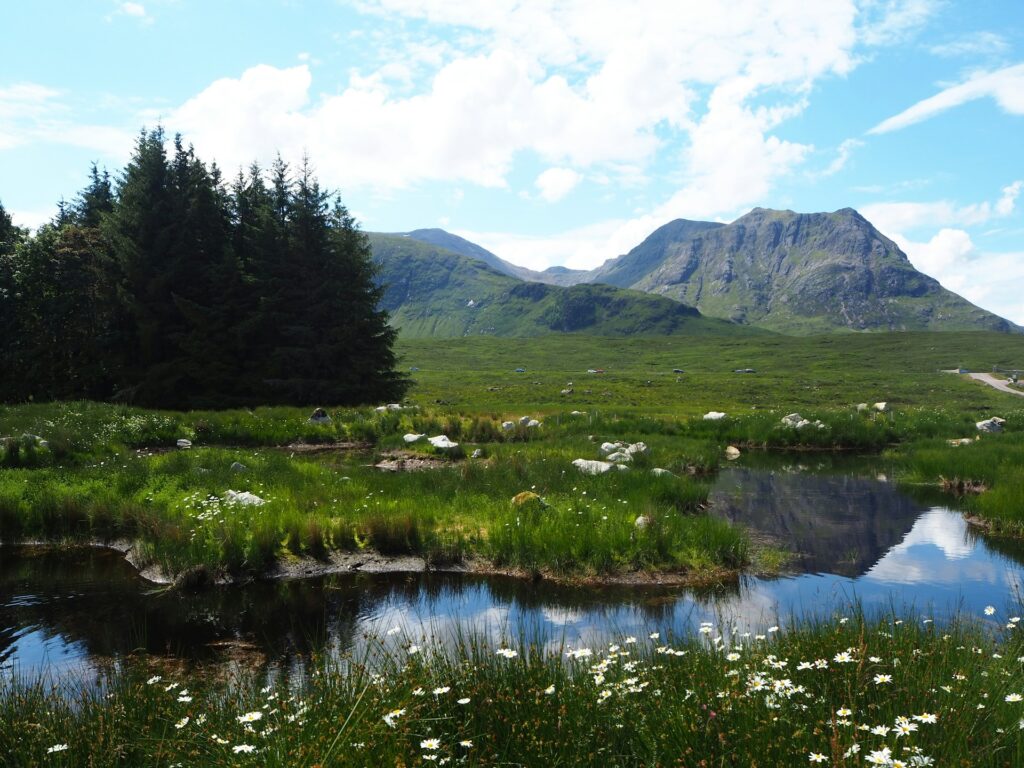
6. Glencoe: a unique conservation resource
“There are a few species that Glencoe is one of only a very small number of sites for,” says James of this unique ecosystem. “All of these places then become an incredible resource for conservation for the future. For instance, on the Bidean nam Bian Mountain there is a plant called the Drooping Saxifrage, a pretty white Arctic flower, which is only known from three places in Scotland. There’s one crag on Ben Lawers, another National Trust for Scotland property, and one on Ben Nevis, so it is incredibly rare.”
SAVE UP TO $2,000 PER COUPLE* ON YOUR FIRST PREMIUM TOUR.
Plus receive latest offers, travel inspiration, and discover how your travels will make a positive impact. Together, WE MAKE TRAVEL MATTER®. Subscribe Now7. Restoring the Atlantic rain forest
“We’ve got some really special Atlantic rain forests, old woodland surviving on cliffs and in the valleys,” says James. “And we’ve got ongoing projects to restore these. The climate here is incredibly rich, particularly in epiphytes, so mosses and plants grow on these trunks and we’re trying to help that habitat recover.
“In Scotland, this habitat has shrunk quite a lot, and the trees are struggling to regenerate for various reasons. So, we’re doing what we can to restore this over a landscape scale and the whole glen. Part of that is collecting tree seed grown in our tree nursery and part is surveying the wildlife that we have here.”
“It’s not just for the benefit of the trees. There’s a whole host of flowers and other plants that are going to grow a lot better as we do this. And then we’ll be seeing other species of birds and animals increasing as well after that, which is really exciting to see it coming along.
“The recovery of the Atlantic rain forest is important as it is rare, and Scotland has a disproportionately large fraction of it. So, it is special to the country and to lose it would be a shame. There are some specialist animals that is fosters, such as a small yellow bird called the wood warbler that comes from sub–Saharan Africa to the Atlantic rainforest to breed every year. It also removes carbon, so it helps with climate change, and bring benefits to people in terms of stunning nature.”
To see this special climate and learn about and support the conservation efforts, visitors to Glencoe can join Wildlife Land Rover safari tours and take guided walks with experts.
8. Additional conservation projects
“We’re getting a cycle path put into a bit of the glen,” says James. “This is going to make it a lot more accessible to people via sustainable means of transport – by foot or by bike instead of by car.
“We’re also looking to restore some wetlands on the floodplain of the River Coe. We are doing some surveying to see if we could allow the river to flood out more over our own land. This should see many more invertebrates living there, more mosses and a lot of other wildlife.”
To discover the majesty of Glencoe for yourself, and all the delights that Scotland has to offer, take a look at our collection of ‘Premium Tours. Discover more about what National Trust for Scotland is doing to protect Scotland’s special places for generations to come.
Don’t forget to test your knowledge against our destination experts with our Insightful Travel Trivia quiz.
LIKED THIS POST? SHARE WITH YOUR COMMUNITY
